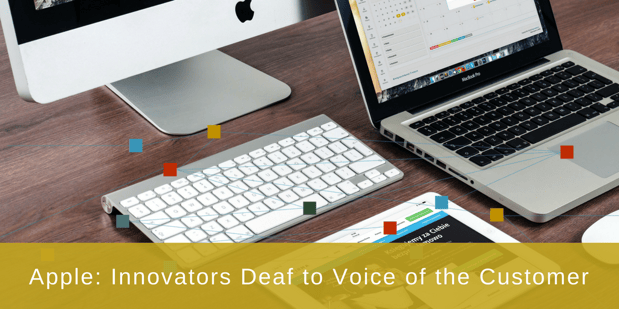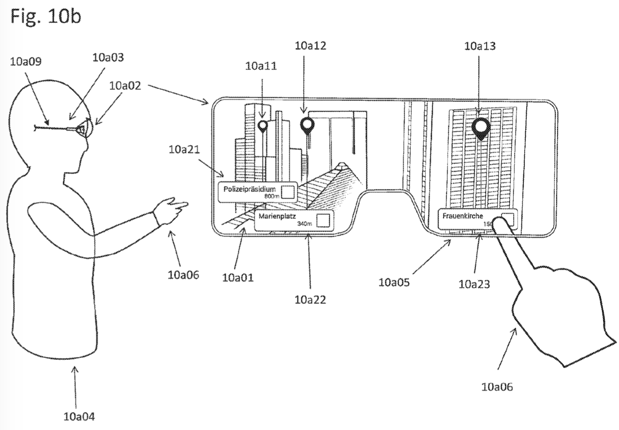 The latest in patent news from Apple appears to be wearable tech with either augmented or virtual realty components. For those who’ve been watching the wearable tech space—or the AR and VR spaces, for that matter—Apple’s venture into this arena isn’t news. The company acquired the technology when they bought the startup Metaio in May 2015.
The latest in patent news from Apple appears to be wearable tech with either augmented or virtual realty components. For those who’ve been watching the wearable tech space—or the AR and VR spaces, for that matter—Apple’s venture into this arena isn’t news. The company acquired the technology when they bought the startup Metaio in May 2015.
This new technology, according to the patent, features semi-transparent spectacles that work in conjunction with a smartphone. Speculation for the use of this technology includes anything from simple information about an item being viewed by the wearer to in-depth and constantly updating information like speed or direction of travel.

No Love for Wearable Tech
While there were plenty of early adopters for the iWatch, and certainly several people who still use them, it seems the trend was over before it really began. By June of 2015, just a year and a half after the release, sales were already down by 55%.
Outside of the Apple arena, IPO superstars-turned-washout introduced what they hoped would be their coup de grace: the Snapchat Spectacles. With only $8 million in sales during the first quarter of 2017 (roughly 60,000 units), the company is bringing them to Europe with hopes of a brighter future.
After the spectacular failure of Google Glass, one has to wonder if wearable tech simply isn’t where the customer’s desire lies.
Examining Augmented and Virtual Realities
We saw a huge surge in AR awareness after Pokemon GO took the world by storm. Indeed, the game reached an audience of 50 million in record time—19 days. However, this particular foray into augmented reality required no additional equipment beyond a user’s smartphone.
When it comes to wearable tech for augmented and virtual reality, the results aren’t quite as spectacular. In fact, Fortune reports that virtual reality devices pulled in only $1.8 billion in 2016. It’s not a small number, but when spread across the various companies vying for market share, it’s disappointing, to say the least. Samsung, the leader, holds 21.5% market share and shipped less than half a million units.
Early projections called for up to $5.1 billion in sales. Current projections say we’ll reach $7.2 billion this year, but that seems too optimistic after the dismal numbers from last year. Harder still to believe is the projection of $48.5 billion by 2025.
Innovating for the Customer
The problem with these super cool, Back to the Future-style devices is that everyone loves to see them in the movies. In the real world, however, they fail to prompt a purchase.When it comes to practical uses—or even those for fun—the wallets stay firmly in pockets.
Apple likely feels pressure to continue dominating the tech field, even if that means creating VR and AR wearable tech that no one seems to want to buy. Perhaps a better option for innovation would be to address the customers’ pain points. What does the buyer really want, if not virtual reality glasses or a smartwatch? Innovation that begins with consumer need is bound to perform better than the products a tech company produces just to keep looking cool.
Innovation Consulting on the Cutting Edge
That’s why IPVision works with clients to listen to the voice of the customer. Yes, understanding the technology landscape is important. Knowing what your competitors are working on is vital to your success. But when it comes right down to it, your job is to solve for the customer.
We do use a lot of really cool tools, but these serve a pretty impressive purpose. Our goal is to give you the whole picture before you develop a new product. If that’s the type of partnership you’re looking for in an innovation consultant, then give us a call.



